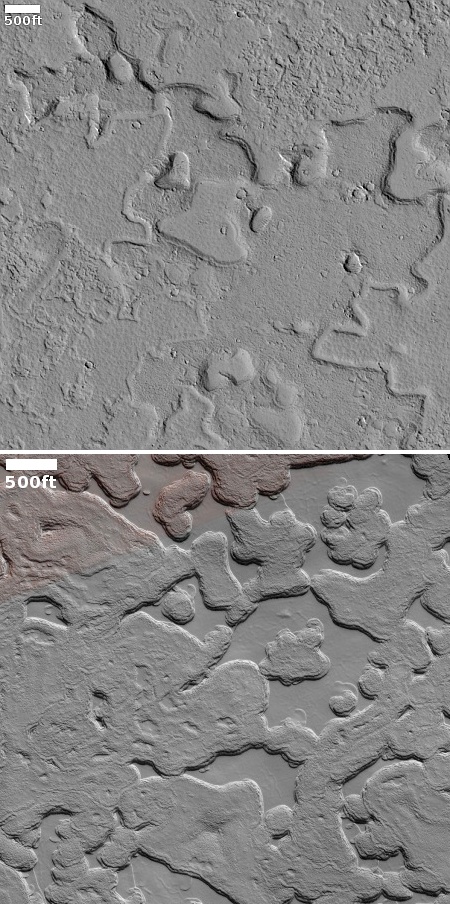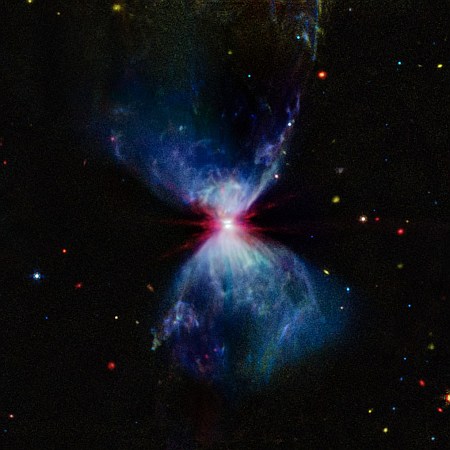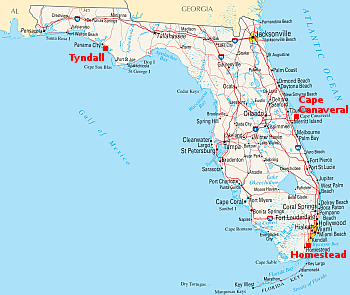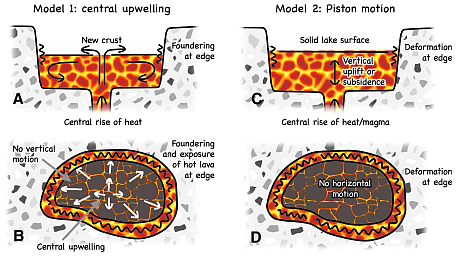Centrifuge research on ISS suggests some artificial gravity can mitigate negative effects of weightlessness
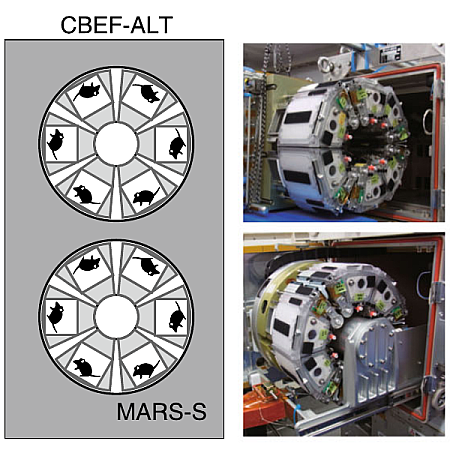
When I appeared on the Space Show last month I stated something about centrifuge research that was wrong. I had been under the false impression that no such research had yet been done on ISS, and our only data came from one experiment performed by the Soviets on one of their early space stations decades ago.
Charles Lurio, who writes the very respected Lurio Report newsletter on space matters, called me afterward to correct me, and then followed up by sending me a link to a paper describing research on ISS in the past few years using rats inside three different small centrifuges (two of which are shown in the picture to the right). For this information I thank him.
You can download the paper here [pdf]. The research is significant because it suggests that the medical problems of weightlessness can be solved by creating an artificial gravity far less the Earth’s 1g environment. From the paper’s abstract:
» Read more

When I appeared on the Space Show last month I stated something about centrifuge research that was wrong. I had been under the false impression that no such research had yet been done on ISS, and our only data came from one experiment performed by the Soviets on one of their early space stations decades ago.
Charles Lurio, who writes the very respected Lurio Report newsletter on space matters, called me afterward to correct me, and then followed up by sending me a link to a paper describing research on ISS in the past few years using rats inside three different small centrifuges (two of which are shown in the picture to the right). For this information I thank him.
You can download the paper here [pdf]. The research is significant because it suggests that the medical problems of weightlessness can be solved by creating an artificial gravity far less the Earth’s 1g environment. From the paper’s abstract:
» Read more

